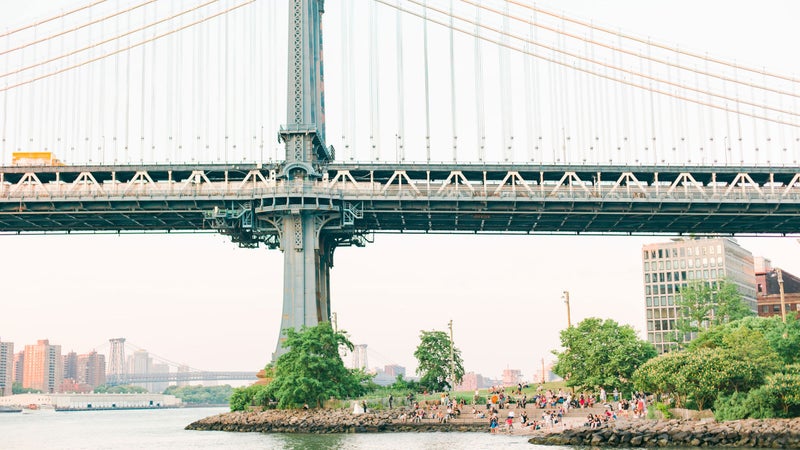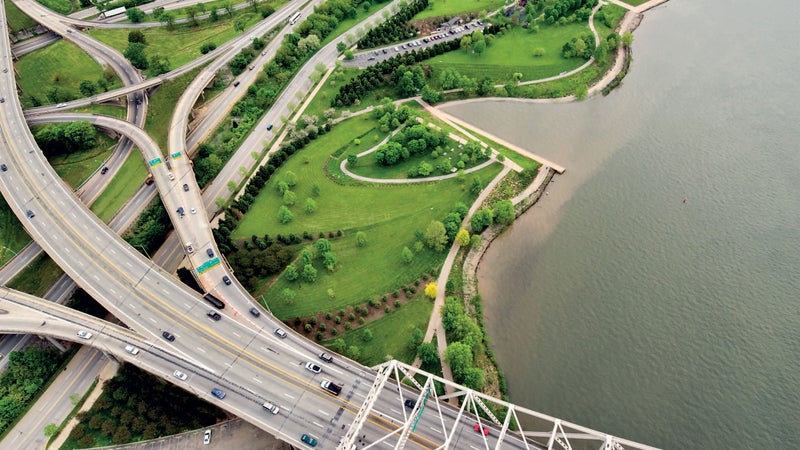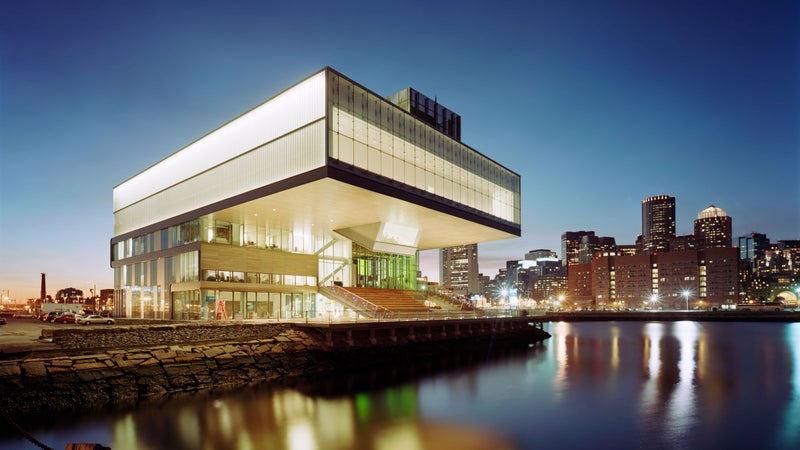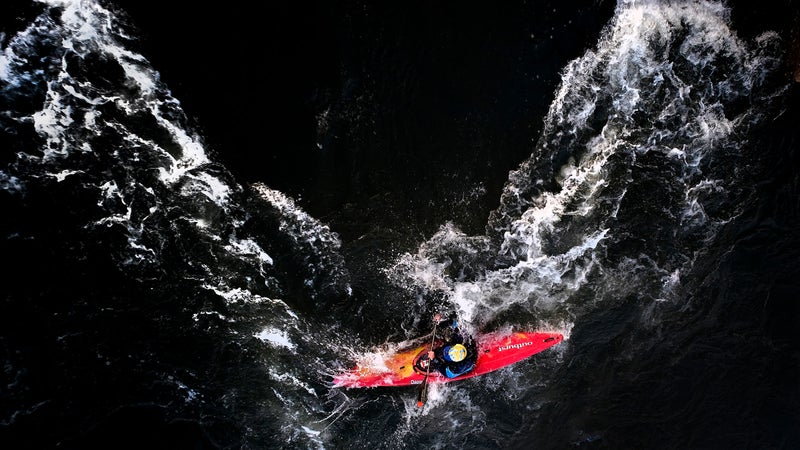Few civic projects transform a city like a rejuvenated shoreline. But competing visions often doom these ventures before they even start, says Alex Krieger, a professor of urban design at Harvard and contributor to the book Remaking the Urban Waterfront. Should it be a nature preserve? An office park and shopping center? Something more residential? Deciding what to do can be harder than actually doing it.
“That situation exists almost everywhere,” Krieger says. “The solution is to remember that rivers are long. People actually want diversity, so create different segments—some that draw people and development, others that make sure development stays away. Find ways to make each bank different from the one opposite it.”
Using this as our guiding principle, we looked at a few of the country’s most successful projects and broke down how to create the perfect waterfront.

Step 1: Invite Diversity
Design element: Accessible public space.
Case study: East River, .
Gentrification is a common pitfall when polishing up decayed waterfronts. “It can actually prevent those who need access the most from spending time there,” Krieger says. But the parks by the Brooklyn Bridge along the East River draw a diverse group of users from across the city with amenity-filled public spaces that include basketball courts, walking trails, and picnicking areas.

Step 2: Plan Perpendiculars
Design element: Streets and bike paths that connect outlying communities to the water.
Case study: Ohio River, .
Many cities have roads that run parallel to their water feature. But without spur paths that connect to inland areas, some residents can be left without ready access. One solution is to build perpendicular routes, like those in Louisville, where many of the city’s bike lanes and “neighborways”—low-volume streets optimized for cyclists—link with a multi-use trail along the Ohio River.

Step 3: Make It Livable
Design element: Mixed development.
Case study: The Waterfront, .
“People attract other people,” Krieger says. “If your waterfront is just a place to work, there won’t be anyone there in the evenings or on weekends.” The Waterfront’s designers set aside more than a third of the square footage for housing and vowed that the former industrial area won’t feel like an office park once the project is completed, sometime in the next decade.

Step 4: Reinterpret the Space
Design element: Replace heavy industry with civic institutions.
Case study: .
Post-industrial cleanups are common for waterfronts, but truly transforming these tarnished areas requires a bold vision. Krieger suggest going all in with museums, galleries, and other cultural landmarks. “Put your best stuff out there,” he says. “Boston built its impressive New England Aquarium and the Institute of Contemporary Art right on the harbor. These draw a large, diverse audience.”

Step 5: Leave Some of It Alone
Design element: Protected habitat.
Case study: James River, .
Riverfronts can help prevent population loss by providing much needed access to nature for recovering suburbanites who have returned to the city and people who are thinking of relocating to less populated areas, Krieger says. Richmond’s James River is dotted with 600 acres of scattered parkland, and it’s the only urban river in America with Class IV whitewater downtown.


